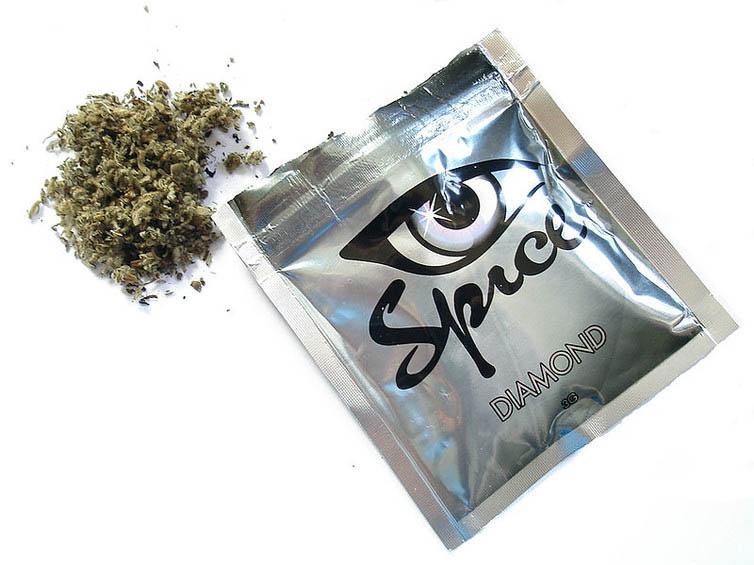Why there is such an enormous demand for drugs in British prisons
A BBC report has revealed the extent of drug use in UK prisons. It will be difficult to tackle the problem without a radical review of sentencing practices

The BBC’s Panorama documentary on HMP Northumberland recently put the problem of drug taking in prisons firmly under the spotlight. The terrible harms that psychoactive drugs create for both prisoners and prison officers were laid bare – secretly recorded footage showed prisoners overdosing on drugs, prisoners threatening an officer with a weapon, and one prison officer requiring hospital treatment after breathing in fumes from the psychoactive drug “Spice” (a synthetic version of cannabis).
Seen through the eyes of an undercover BBC journalist who joined the Prison Service as a prison officer, the chaos and harms of the privately run Sodexo jail were revealed for all to see. Concerns surrounding how psychoactive drugs are getting into prisons (via prison visits, but also prison officer smuggling and “drones”) are raised by the BBC journalist – who illustrates part of the problem himself by being able to smuggle a camera into the prison to record conversations and events.
It is little surprise that the media coverage following the Panorama programme has focused on the easy availability of drugs in prison and the apparent inability of prison officers to control the supply and their use by prisoners. It has also raised questions about the authorities’ control over the prison population more broadly.
But it is important that coverage also focuses on the demand for drugs in prisons and the need to reduce the harm of drug taking for all who live or work in them.
‘Chemical comforts’
Drug taking in prison should be considered against two of the most painful harms of imprisonment: the conscious experience of time and the loss of personal autonomy. It is well documented that prison life is both highly regulated and filled with emptiness. Drugs distort time and prisons are all about the wasting and loss of time. Many prisoners attempt to suspend time and find ways to manage life in this meaningless and dehumanising penal abyss.
Drugs, especially cannabis, can be a means of controlling unstructured time by inducing sleep, thus making time consciousness much less evident. Psychoactive drugs, such as Spice, alter perception, mood and can even induce unconsciousness. That psychoactive drugs, including Spice, cause serious damage to health and impact negatively upon behaviour is weighed against the ways in which they ease the pains of confinement for the prisoner.
Taking drugs in prison can provide sanctuary and be a means of self-medication and self-help. Drugs can help mask the harsh realities of penal regimes and ease the consequences of being exposed to low levels of mental and physical stimulation. Prisoners often take drugs to alleviate physical or emotional pain. Drugs can become “chemical comforts” to deal with loneliness, trauma, isolation or alienation. It’s not just about hedonism. Imprisonment is highly stressful and taking drugs can become a crucial coping mechanism to get through hard times and the mundane daily monotony of prison life.

Drug taking should be considered to be a direct consequence of the processes of penal confinement itself and as an important survival strategy for many prisoners. The problem of drug taking in prison is not new but something that has been present in prisons since the 1800s, albeit at that time the concern was around alcohol and tobacco and its relationship with prisoner violence.
Focusing only on supply and lapses in security misses the crucial point that prisons generate on a daily basis enormous demand for drug taking. We need to take the harms of psychoactive drugs seriously – as evidenced in the Panorama programme – but also acknowledge that a harm reduction approach is the most sensible strategy for moving forward.
In fact, we need to acknowledge that the only effective way to reduce drug taking is to radically reduce the size of the prison population itself. About half of the prison population at any time (45,000 people) have regularly taken drugs prior to imprisonment. Promoting non-violent community alternatives to prison time that can meet the needs of people using illicit drugs, such as residential therapeutic communities, would remove from the system a lot of people who currently are needlessly incarcerated for drug offences.
A harm reduction approach would undoubtedly reduce, though not entirely remove, a number of the problems around both drug supply and demand. But it is also essential that there are moral education campaigns that raise awareness about both the harms of taking drugs and the inherent harms of prison itself. Only then will we be able to talk about dealing with drug taking in places of safety.
David Scott senior lecturer criminology, The Open University. This article first appeared on The Conversation (theconversation.com)
Join our commenting forum
Join thought-provoking conversations, follow other Independent readers and see their replies
Comments
Bookmark popover
Removed from bookmarks